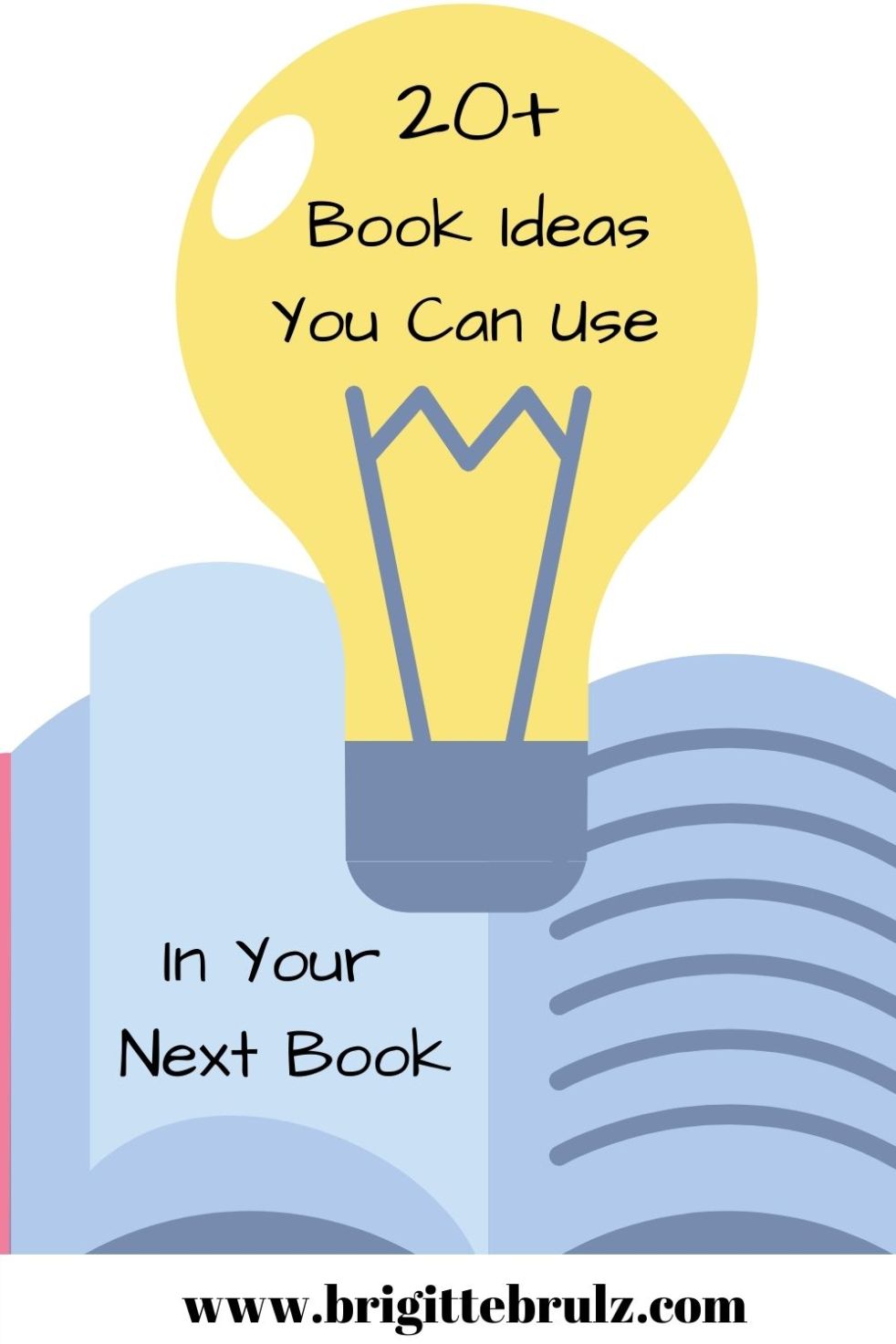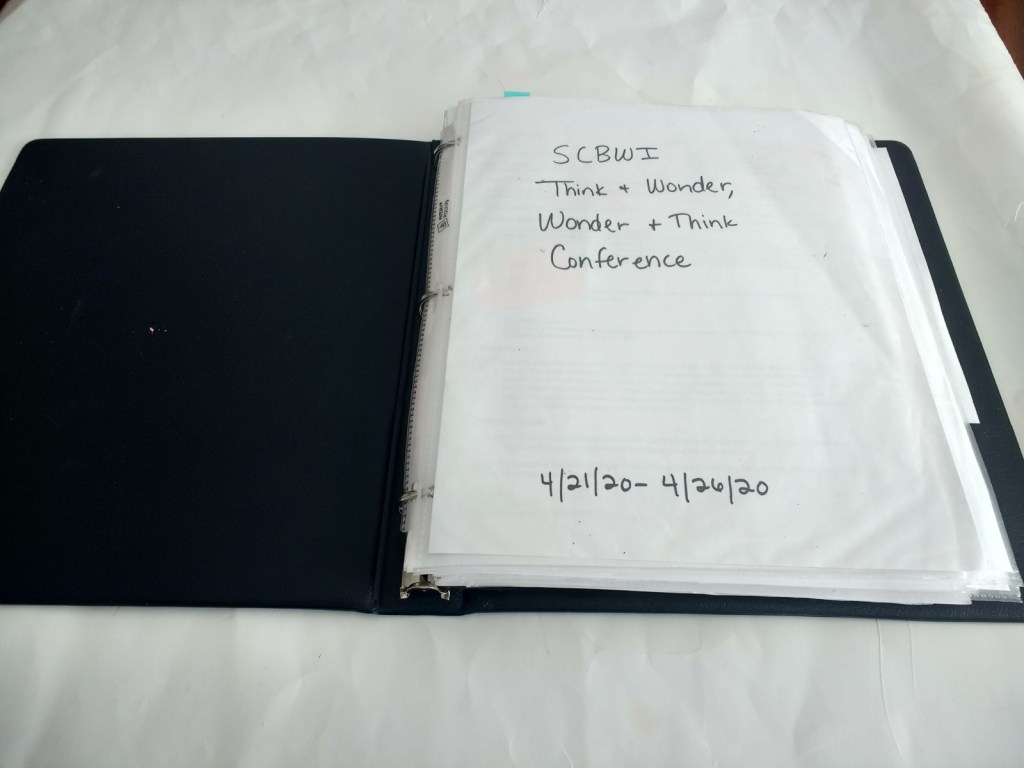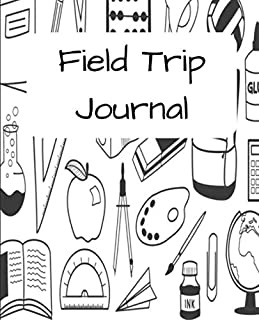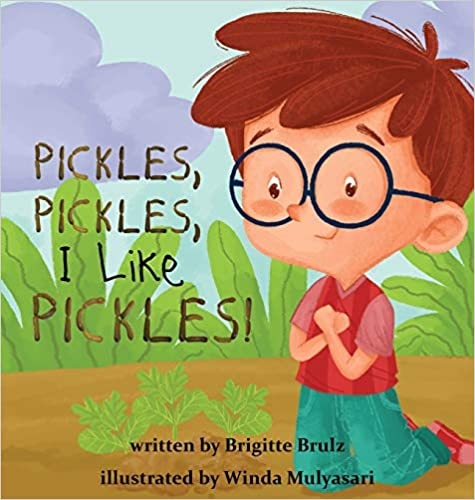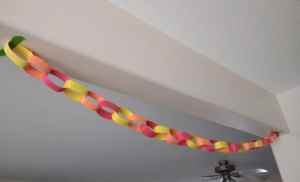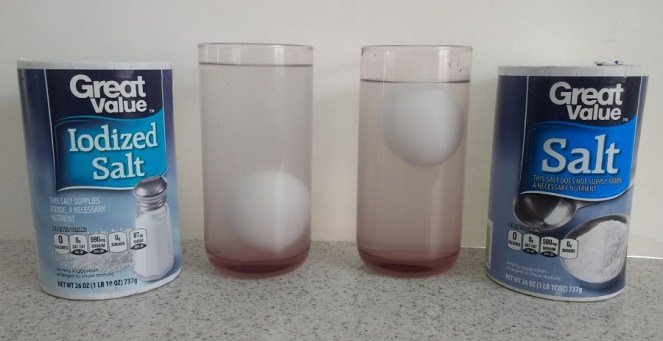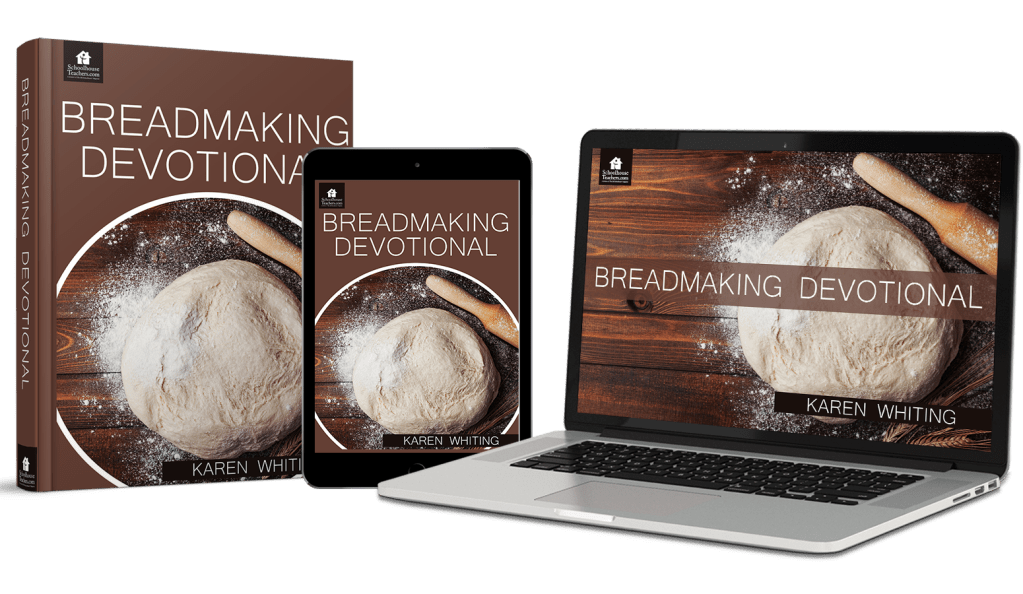(This post contains affiliate links, which means I may make a small commission at no extra charge to you if you click on a link and make a purchase. Thank you!)
I’ve come up with ideas for books while listening to my daughters, reading articles, watching TV, going for walks, talking to others, and on and on it goes.
Book ideas are literally all around us!
The idea for my book Pickles, Pickles, I Like Pickles began in my garden while picking cucumbers to make pickles. The book Aah! Blown Away, Crash! An Alphabet Misadventure, which I created with one of my daughters, started at a writer meeting I attended years ago.

Awesome Idea Syndrome
I don’t have any problem coming up with ideas for books. No, I’ve got lots of ideas! My problem is Awesome Idea Syndrome.
Even though Awesome Idea Syndrome is a term I made up and diagnosed myself with, I’m sure I am not the only writer to suffer from it.
The main symptom of Awesome Idea Syndrome is I am content working on a manuscript until . . . (insert page turn here) I see or hear something that I think would make an interesting book. Then, I get so excited about that idea that I start working on a new manuscript until . . . (next page turn) another idea comes to me.
And on and on it goes. (As a side note, the ideas aren’t always “awesome,” but it sometimes takes me a while to figure that out.)

I have suffered from Awesome Idea Syndrome for quite a while now. (I have a bin full of partially finished manuscripts to prove it.)
Thankfully, I have found a remedy that has helped me cope with Awesome Idea Syndrome. It’s my “Idea Box.”

I created my “Idea Box” last year with an old shoe box, some decorative card stock, glue, tape, and scissors. It’s not a complete antidote, but it has helped significantly reduce the complications of Awesome Idea Syndrome.
Now, whenever I have a new idea for a book, I write that idea on a library checkout card. Sometimes, I add additional notes to the card, but I limit the amount of time I spend on the new idea. Then, I insert the card into my idea box.
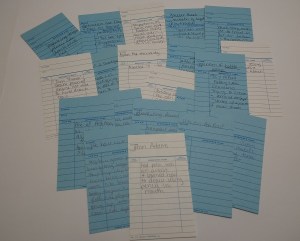
Of course, I could use pieces of paper, but I like the fact that library checkout cards relate to books (and I had been given over 100 of them for free, so I had them on hand already).
Too Many Ideas
There are definitely benefits to having an idea box. I haven’t started numerous random manuscripts over the past year. I have actually finished more writing projects. And I can see how “unawesome” some ideas are after having them sit for a while. (As another side note, idea journals are also helpful!)
A con to my idea box, though, is that I now have a box full of random ideas. Too many ideas for me to ever use in my lifetime!

So, just like I sort through and donate items in my home I no longer want, I have recently sorted through my idea box. And I am “donating” the ideas I no longer want to you.
You are welcome to use any of the following ideas in your next book project. Please keep in mind, I have not researched these ideas any further than what is listed below. As a result . . .
- . . . they may not actually be awesome.
- . . . they may have already been written about before. (But maybe they could be written in a new format/genre or from a different angle.)
- . . . they may not be 100 percent accurate.
- . . . they may not end with a book deal.
- . . . they may or may not make sense.
And now, without further ado, here are 20+ book ideas you can use in your next book.

Nonfiction Book Ideas
- Engineering design process compared to the writing process
- Inventions or other things commonly thought to be created by someone or some place that didn’t actually create it first
- Noodles were invented in China (not Italy or some other place)
- Fortune cookies were invented in California (not China)
- The year of 2 Thanksgivings
- Canada and USA have two different dates for Thanksgiving
- Grandpa could tell a story of when the USA had two Thanksgivings (1939)
- Walter Hunt
- Inventor
- He owed a man money, so he created the safety pin (which he called a “dress pin”) and sold the rights to it for $400
- Parachuting beavers
- Beavers were transplanted by airplanes and parachutes
- Book: The Skydiving Beavers: A True Tale by Susan Wood and Gijsbert van Frankenhuyzen (Sleeping Bear Press, 2017)
- “Tom Thumb”
- Possible legend?
- Steam powered engine lost a race to a horse drawn train
- Molasses disaster in Boston
- Other books: I Survived The Great Molasses Flood, 1919 by Lauren Tarshis (Scholastic, 2019); The Great Molasses Flood: Boston, 1919 by Deborah Kops (Charlesbridge, 2015); Dark Tide: The Great Boston Molasses Flood of 1919 by Stephen Puleo (Beacon Press, 2019)
- Ship disasters that killed more passengers than Titanic
- Wilhelm Gustloff and Lusitania
- Historical fiction book: Salt to the Sea by Ruta Sepetys (Penguin Books, 2017)
- Peshtigo, WI fire vs Chicago, IL fire
- Took place at the same time
- More people killed in Peshtigo fire than Chicago fire
- Invention of bubble wrap
- 1957 Alfred Fielding and Mac Chavannes
- “Trying to create a textured wallpaper”
- Started with two pieces of plastic shower curtain
- “Accidental invention”
- “Accidental inventions”
- History of the can opener and food in cans
- Canned foods were invented 48 years before the can opener?
- Bob Ross
- American painter
- Jesse Owens
- American athlete
- Won 4 gold medals in 1936 Olympics (shortly before WW2)
- Ann Adams
- Had polio
- Learned how to draw pictures by using a pencil in her mouth
- Duck, sheep, rooster first to travel in hot air balloon
- Book: Hot Air: The (Mostly) True Story of the First Hot-Air Balloon Ride by Marjorie Priceman (Atheneum Books for Young Readers, 2005)
- When Alaska was purchased and the calendar changed (1867)
- Odd true animal stories
- Parachuting beavers
- First hot air balloon ride
- “Operation Cat Drop”
- Dogs trained as parachutists
- 1962 bear ejected at supersonic speed
- Nubs the marine dog
- Traveled 70 miles
- Book: Nubs: The True Story of a Mutt, a Marine & a Miracle by Major Brian Dennis, Mary Nethery, and Kirby Larson (Little, Brown Books for Young Readers, 2009)
- Stumpton, IA
- Town no longer exists, instead landfill
- Across the river was a meat packing plant (called Sinclair Packing House) that is now gone
- Sewage treatment plant build in 1936
Educational Fiction Idea
- Wizard of Oz fractured story
- Takes place entirely underwater
- Good witch could be angel fish
- Dorothy could be Dorothia the mermaid
- Toto could be Tortellini the dolphin (or spiny dogfish)
- Tornado could be a whirlpool (maelstrom)
- Yellow brick road could be yellow coral and/or yellow kelp
- Monkeys could be flying fish
- Sea stars and jellyfish have no heart or brain
- Octopus have more than one heart
- Heart reef – Great Barrier Reef
- Two creatures with symbiotic relationships
- Brain coral
- Lion fish
- Teach about underwater creatures and habitats (without feeling like being taught)
Fiction Ideas
- Monsters telling campfire stories to each other about kids
- First hair cut
- Child’s hair grows just like he is growing
- “snip, snip,” “clip, clip,” “buzz, buzz”
- Feels like flying in chair – (going up and down)
- Wearing a cloak so equates self to a super hero
Finished Manuscript
It’s amazing to me how one idea can be written in so many different ways. Different characters, different genres, different writing styles, different POVs, and the list goes on. That’s the reason ideas aren’t copyrighted but your actual stories are. I’d love to see your story if you use one of these ideas!
If you do complete a manuscript and are interested in publishing it, you will have to choose which publishing option you would like to pursue. (If you are confused about the different publishing options, make sure to check out the course Choosing the Best Publishing Option for You and Your Book: Traditional Publishing, Hybrid Publishing, or Self-Publishing?)

The following resources may be helpful for you if you choose to try the traditional publishing route.
- 37 Children’s Book Publishers Accepting Unsolicited Submissions
- Writer’s Market 2020: The Most Trusted Guide to Getting Published
- Novel & Short Story Writer’s Market 2020: The Most Trusted Guide to Getting Published
- Guide to Literary Agents 2020: The Most Trusted Guide to Getting Published
- Christian Writers Market Guide – 2021 Edition: Your Comprehensive Resource For Getting Published
- SCBWI The Book (2021)
And here are a couple of resources if you choose to self-publish.
- Self-Publisher’s Legal Handbook: Updated Guide to Protecting Your Rights and Wallet Second Edition by Helen Sedwick
- Self-Publishing 101: Things to Consider Before Publishing Your Book in Print
- Book Promotion and Marketing for Self-Published Authors: Ways to Promote and Market Your Book Without Social Media
I still have more ideas in my idea box than I will ever use, but I’m not ready to pass them on just yet. Maybe I’ll get around to writing at least a few of them someday.
What About You?
Do you suffer from Awesome Idea Syndrome? If so, maybe this list wasn’t what you needed right now. Have you found anything that has helped you stay focused on your current writing project?
Will any of these ideas make it into one of your future manuscripts? I’d love to hear from you!

